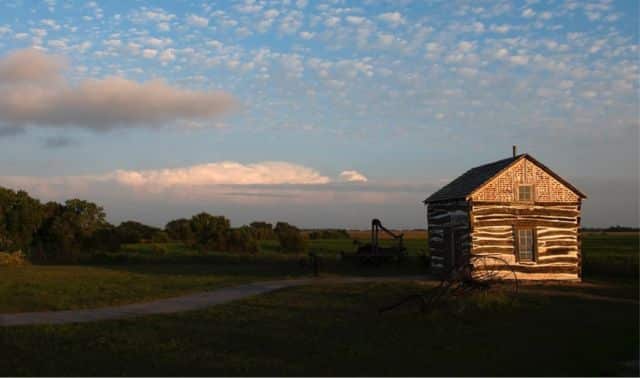Sign up for the Family Tree Newsletter! Plus, you’ll receive our 10 Essential Genealogy Research Forms PDF as a special thank you.
Get Your Free Genealogy Forms
"*" indicates required fields

Many of us are familiar with all the paperwork modern property ownership involves, but that paperwork isn’t new. Our ancestors’ opportunities and options for acquiring land varied over time, and the ensuing paperwork offers a lot of insight into family and communal relationships, their migration patterns and more. Depending when and where your family migrated, these five types of historical land records may help you develop your family tree.
Headrights
During the Colonial period of roughly 1619 to 1705, the British government offered 50 acres of land for every “head” (person) transported to the Colonies. Headright papers list the names of those people—the person who sponsored the transportation as well as those transported (such as his relative or an indentured servant).
Bounty Land Warrants
In 1776, the Continental Congress incentivized men to serve in the Revolutionary War with promises of 50 to 1,000 acres of land, depending on their rank. This offer extended to conflicts through 1856. Keep in mind that recipients often sold their land to speculators without ever seeing it.
Patents
US and state governments encouraged settlement with various offers of free land in exchange for certain conditions, such as living on the land for a certain number of years and improving it with trees or structures. A key to westward expansion, the Homestead Act of 1862 granted 160 acres of federal government land to those who’d settle and improve it for five years. This generated paperwork, including a land claim (or application) and the patent transferring the land to the claimant once the conditions were met.
Deeds
Also familiar to modern-day homeowners, property deeds (usually created in county or town courts) record the transfer of land between private parties. The legal terminology can take a bit of parsing, but deeds may contain information from land descriptions to family relationships. If property was sold very cheaply, it might have been to a relative.
Dower Claims
Although men generally owned property, you can find your female relatives by their right of dower. This right, intended to prevent women from becoming dependent on the county or state, entitled a widow one-third interest in her husband’s property. A wife had to consent to the sale or disposition of land, and when a husband died, his widow was allowed to stay on the land for the remainder of her life before it was transferred to her husband’s heirs.
When you’re trying to pinpoint ancestral residences, determine wealth or even trace descendants, land records can often provide answers—once you get past unfamiliar terminology and survey systems. Our Land Records Genealogy Cheat Sheet can help you navigate the legalese and necessary steps to find your ancestors’ records. And then, you may find that these often-overlooked resources may hold the key to expanding your family tree.
Related Reads
Last updated: January 2025






